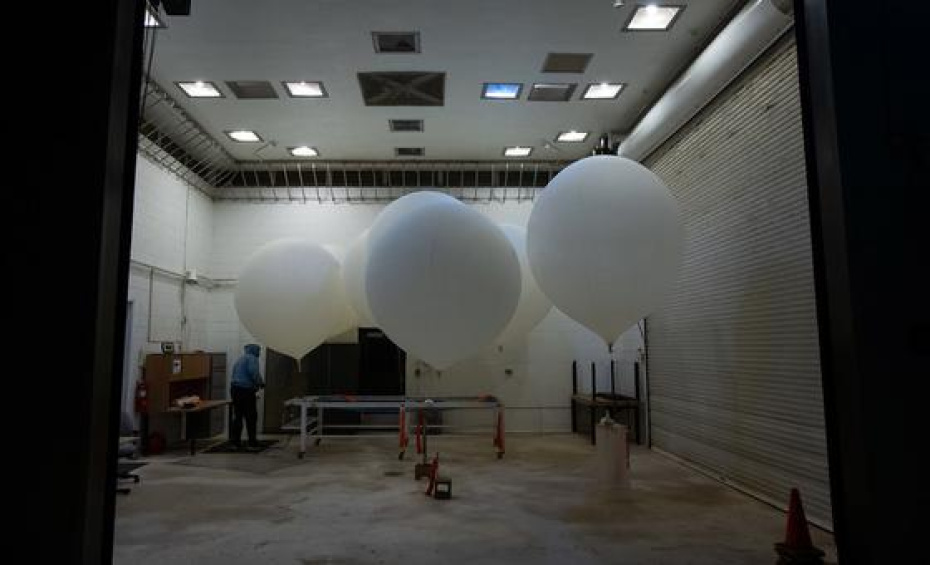Breadcrumb

Amid ‘spy balloon’ controversy, WMO highlights key role of weather balloons in climate monitoring

Weather balloons play an important part of a vast, intricate global observation system, providing vital information for climate monitoring and forecasters, the UN World Meteorological Organization (WMO) said on Friday.
On the heels of recent news reports about Canada and the United States shooting down several flying objects, including an alleged Chinese ‘spy balloon’, inside their borders, WMOOpens in new window points out that weather balloons provide just a tiny fraction of the millions of observations gathered worldwide daily.
On Thursday, US President Joe Biden made public remarks after days of speculation over three unmanned aerial objects shot down last weekend by the US military, saying that they were “most likely tied to private companies, recreation or research institutions.”
Valuable input for global system
More than 50 satellites collect information from space, and about 400 aircraft operated by some 40 commercial aircraft companies gather input from the skies, notes WMO.
About 400 moored buoys, 1,250 drifting buoys, and 7,300 ships help from the seas in addition to 10,000 automated and land-based observing stations across the planet.

1,000 daily flights
Every day, free-rising latex balloons are released simultaneously from almost 900 locations worldwide. Nearly 1,000 balloons gather daily observations that provide input in real-time.
After crossing all the South Indian Ocean, tropical cyclone #Freddy, Cat 4 equivalent, is heading to #Madagascar, which was badly hit by cyclones in 2022.
Landfall expected late 21 Feb, says WMO regional centre @meteofrance
#EarlyWarningForAll https://t.co/KKMwr9qSXdOpens in new window
World Meteorological Organization
WMO
February 17, 2023
Opens in new window
The valuable information gathered contributes to computer forecast models, local data for meteorologists to make forecasts and predict storms, climate monitoring and data for research to better understand weather and climate processes.
Computer forecast models that use weather balloon data are used by all forecasters worldwide, WMO said.
Equipped with battery-operated radiosondes that capture observations, the floating information collectors are airborne for around two hours.
Up to 35kms high
They measure pressure, wind velocity, temperature and humidity from just above ground, to heights of up to 35 kilometres, sustaining temperatures as cold as -95°C (-139°F), before bursting and falling back to Earth under a parachute.
Playing a key role as part of the world’s global observing network for decades, they are the primary source of above-ground data. More than two thirds of weather balloon stations make observations twice a day and another 100 and 200 report daily.
Their valuable input feeds the Global Observing SystemOpens in new window, among the most ambitious and successful instances of international collaboration of the last 60 years, WMO said.
The system consists of individual surface and space-based observing systems owned and operated by a plethora of national and international agencies.
